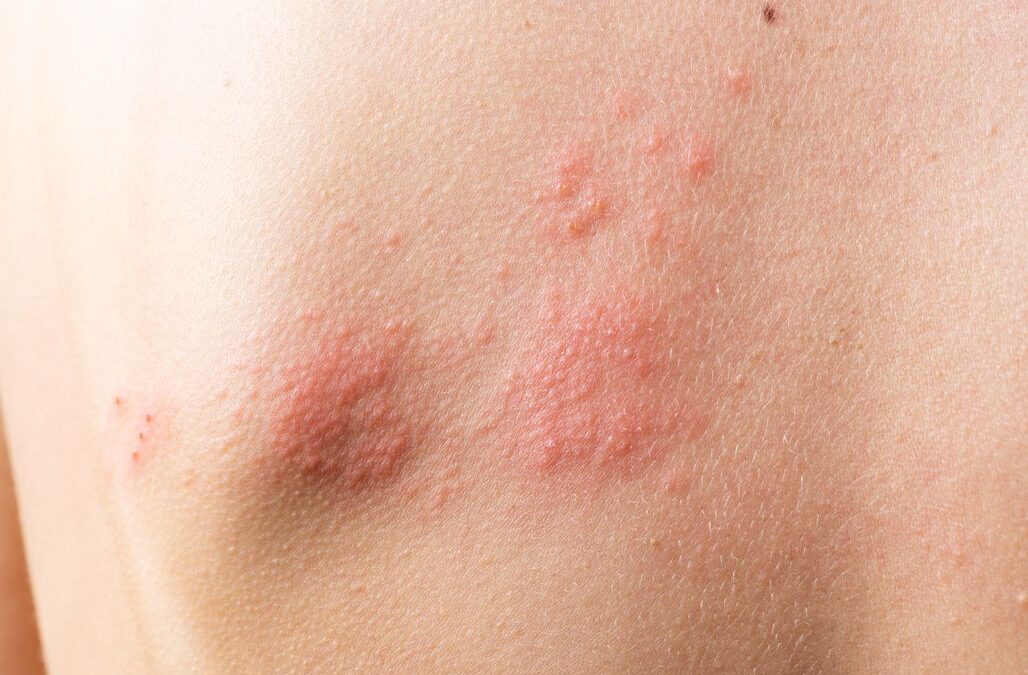Dermatologists caution that removing some skin blemishes at home might lead to misidentification, infection, and scarring. Some, on the other hand, can just be left alone.
You may have discovered a new lump or bump (or two or three) on your skin while spending more time with yourself during the pandemic. Meanwhile, you may have noticed advertisements on social media for devices or items that claim to help you remove skin tags, warts, or moles on your own and pondered if you should try them. The answer is that it relies on the type of growth and where it occurs.
The issue with all of this at-home treatment is that you have to make a diagnosis to know what you’re treating. There are further issues about treating skin growths oneself and the danger of misidentification.
Here are five common skin lumps and bumps, information on how to cure them, which ones are bothersome, and where to go for minor urgent care issues.
1. Cherry Angiomas
These little cherry-red lumps might be as small as a pinhead or as large as a pencil eraser. Although they can appear on the body, they’re most commonly found on the torso, upper thighs, and upper arms. They’re innocuous and often run-in families. It will help if you do not attempt to remove cherry angiomas yourself because they are little collections of blood vessels. They can bleed, and you might not be able to stop them.
2. Milia
Milia are little white bumps that appear predominantly on the face, especially around the eyes. Milia are clogged pores with sebum and oil with a layer of skin growing over them. They’re harmless and may be left alone; they’ll sometimes leave on their own. People generally want to get rid of them because they appear on the face. Using topical retinol or salicylic acid treatment can sometimes increase cell turnover and allow the skin to shed the milia.
3. Moles
A mole is a group of pigmented cells that form a patch (known as a nevus) that can range in color from tan to pink to very dark brown or black. Some moles protrude from the skin’s surface, while others sprout hairs, and they can appear anywhere on the body. The nevus cells in moles are located deep within the dermis.
Moles with asymmetry, border irregularities, color fluctuations, a diameter greater than a pencil eraser, or that are evolving should be reviewed by a dermatologist, according to the ABCDE guideline for recognizing warning indications of melanoma.
4. Skin Tags
These odd-looking pedunculated flesh strands dangle from the skin’s surface are completely harmless. Skin tags (also known as acrochordons) can run in families, and most commonly appear where there are folds of skin, such as in the armpits or groin area, beneath the breasts or on the neck.
You can go for skin tag and mole removal in Troy, which offers delicate treatment.
5. Warts
It’s a fallacy that you can get a wart from touching a toad or frog. Warts, rough skin overgrowths, are produced by a highly contagious virus (most commonly the human papillomavirus, or HPV).
Warts are most commonly found on the hands, although they can also be found on the feet, face, genitals, or other body parts.
The skin turns white as [the wart] dies, and you can gently file it down with a clean nail file or pumice. Warts on the hands, feet, elbows, and knees can be treated, but not genital warts or warts on the face, which are more sensitive.
Why Removing A Skin Tag At Home Isn’t A Good Idea
Some people attempt skin tag removal at home with scissors or nail clippers, but this can quickly go awry. Even using an over-the-counter medicine to remove skin tags isn’t optimal.
In rare cases, a skin tag that you mistake for a wart or a skin disease like melanoma could be completely different.
A dermatologist should evaluate a growth before deciding whether or not to remove it. When a bulge turns out to be skin cancer, you risk leaving cancer cells behind, which can grow and spread.
Cutting out a skin tag with scissors might result in infection or excessive bleeding, necessitating a trip to the emergency room. (If not cauterized or frozen by a professional, a huge skin tag can bleed.) It can also hurt a lot.
Conclusion
A trip to the dermatologist or family medicine and wellness is the way to go if a skin tag is troubling you or you don’t like how it looks and want it removed. Finally, it’s important to get expert help to remove skin tags and ensure that what you’re seeing is a skin tag. Look for a health and wellness center that provides minor skin procedures in Troy.
At Family Medicine and Wellness, we believe that health and wellness are of utmost importance for well-being and are attained through a personalized patient-physician relationship. Dr. Al-Misky believes in a strong, trustworthy, and confidential patient relationship and is committed to effective communication and shared decision-making. Call us at (248) 759-0993 for tag and mole removal in Troy!



Recent Comments